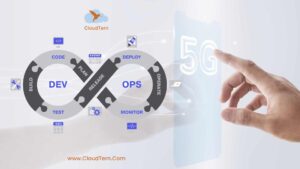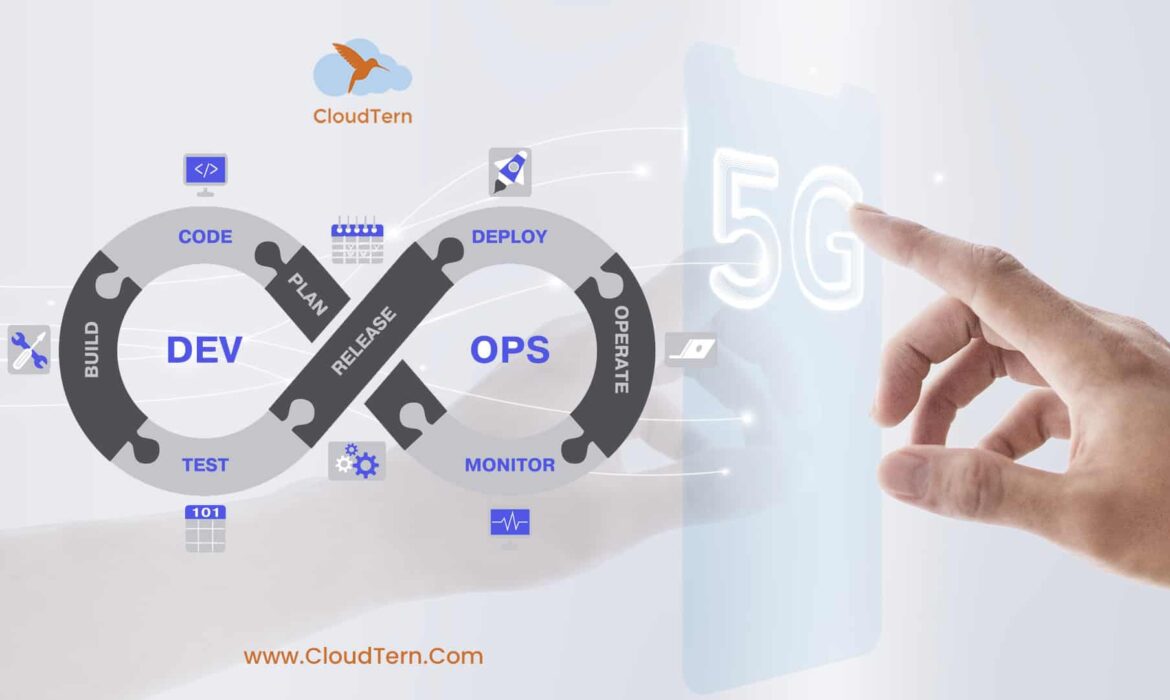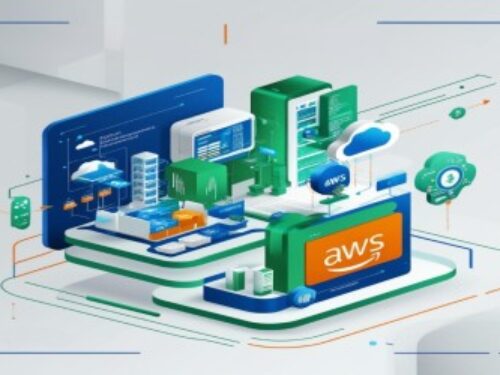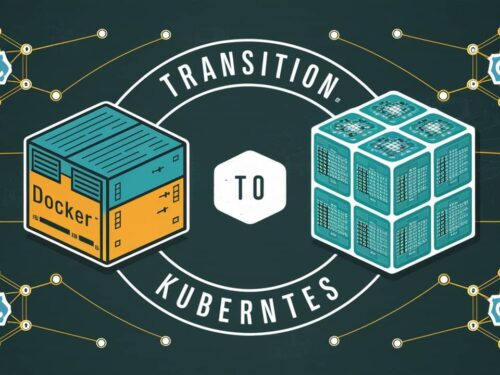
The wait for 5G has finally ended as the new technology is already making waves in the communication segment in recent times. Three important advantages of 5G networks are high-speed internet connections, lower latencies and accommodation of a wide variety of devices in the form of IoT, sensors, smart devices into the network. Though it was launched in 2019 in a few states in the US, it took a while to spread out to other regions. While the Covid-19 virus delayed 5G adoption to some extent, the complexity in migrating workloads to the new network is another reason for this slow start. Right from autonomous vehicles and cloud gaming to smart cities and AR/VR apps, the year 2022 is going to see 5G networks transforming the technology landscape across all industries.
DevOps and 5G Networks
5G technology is powered by software-defined networks running on standard commodity hardware that is inexpensive, disposable and widely available. As such, it can be virtualized and deployed from a central location. Using Network Functions Virtualization (NFV) technology, you can virtualize network functions and package them in containers, eliminating the need for special hardware. As such, you can easily build and deploy Virtual Network Functions (VNFs) using cost-effective commodity hardware. Each function can be developed as a service using the microservices architecture. As such, these services can be deployed using containers and managed with container orchestration tools.
With SDNs, NVFs and VNFs, you don’t have to worry about traditional CapEx costs for the expensive hardware. Instead, you can subscribe to a cloud service and host central servers in the cloud. You can install edge computing at the work location and connect the local systems with the cloud servers. With a high-speed network and low latency, 5G technology allows you to deliver an on-premise experience to users. To further optimize costs, you can implement serverless computing wherein the infrastructure is automatically provisioned when a function is in operation. Once the function is executed, the cloud resources are terminated. That way, you only pay when your application is running. AWS Lambda is a popular serverless computing solution offered by AWS.
DevOps enables you to build, deploy and manage code and configurations with increasing efficiency. Using DevOps CI/CD pipelines, developers can build and deploy code in small batches with automation incorporated across the pipeline. The code is automatically tested, secured and deployed with continuous feedback loops. The same principle can be applied to infrastructure management. By implementing the Infrastructure as Code (IaC) method, you can deploy and manage infrastructure provisioning using config files. With configuration code going through the CI/CD pipeline, it will be versioned and deployed with ease. It means you can revert to an earlier working version in case of a crash. Terraform and AWS CloudFormation are two popular IaC tools that help you efficiently manage infrastructure automation.
The communication segment involves strict SLAs. Moreover, the presence of heterogeneous networks often poses a challenge to move network components between different CSP environments. With DevOps automation and continuous delivery, CSPs can efficiently manage SLAs. With Docker containers, network components can be easily deployed and moved across a wide variety of environments. It also brings seamless coordination and communication between vendors and the operators. With 5G networks accommodating more than a million devices per square kilometre that can seamlessly communicate with each other, businesses have endless options to innovate operations and stay ahead of the competition. Combined with DevOps, 5G is poised to disrupt the business network landscape.







